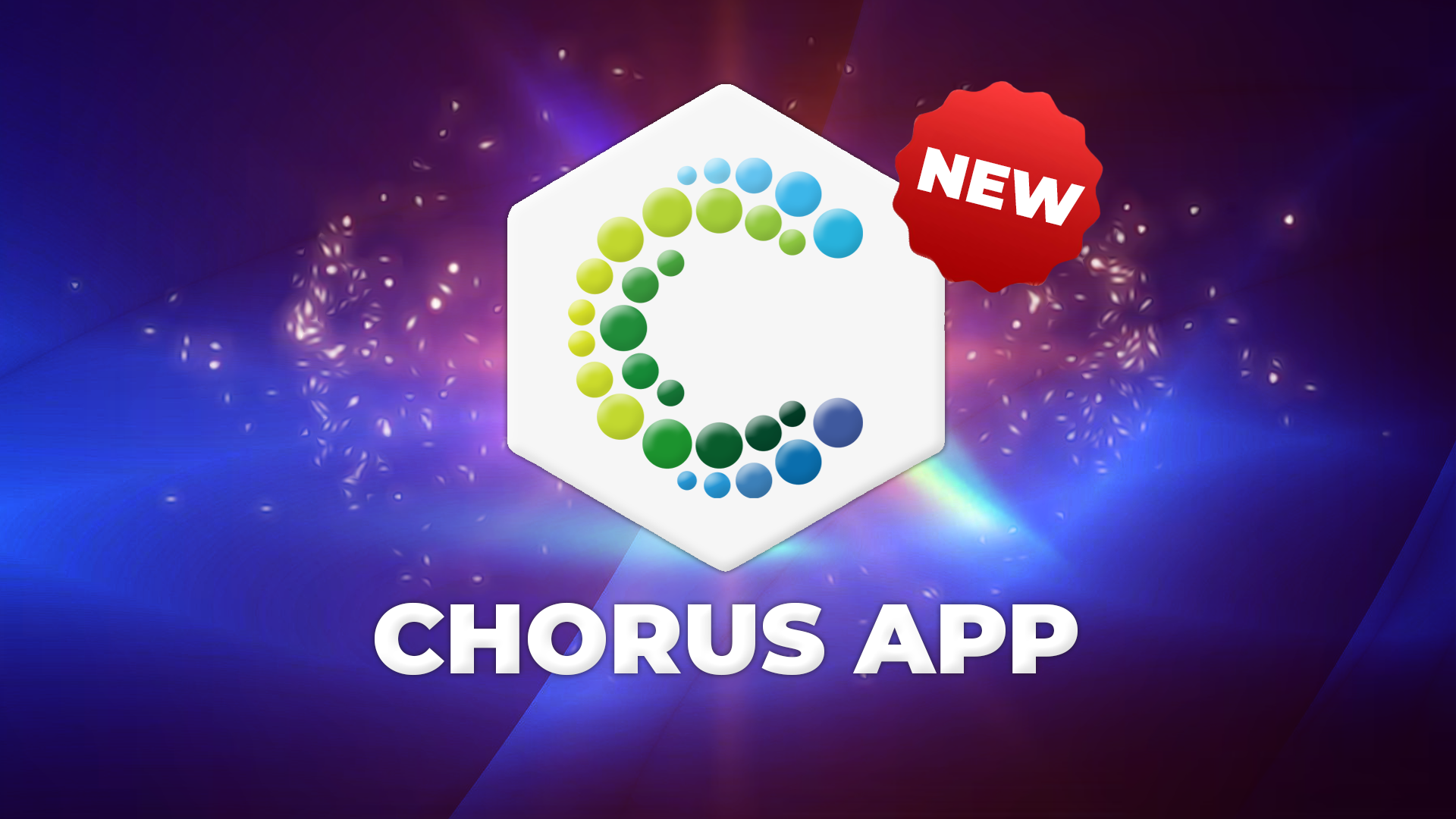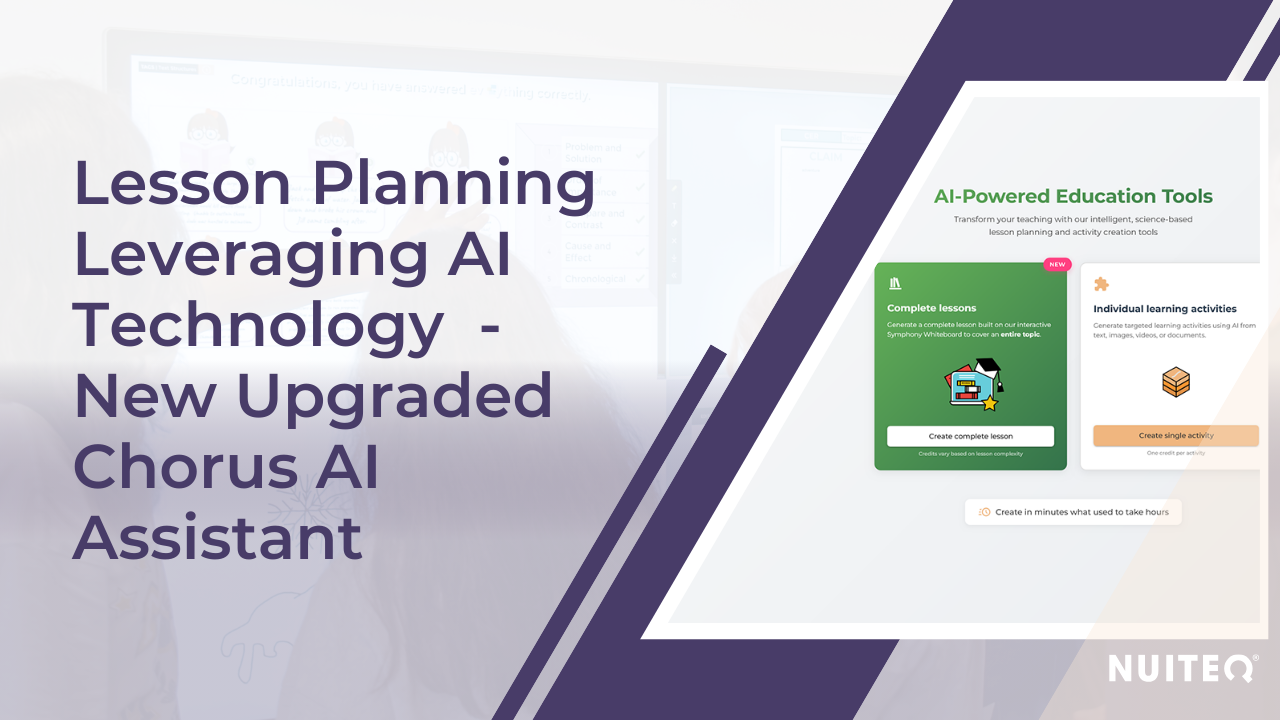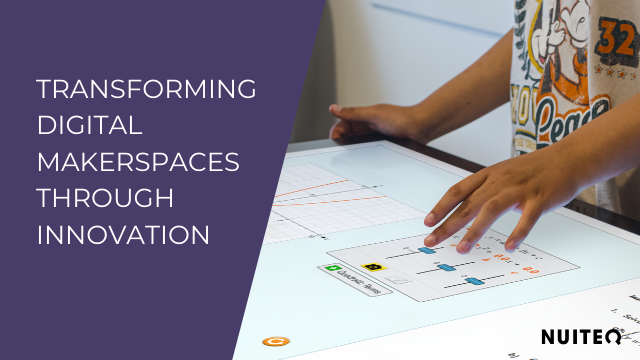As students go through each grade at school, their level of cognitive complexity increases, and the academic demands for deeper thinking multiply. It is no longer enough for students to recall what they’ve learned and select the correct answer in a multiple-choice quiz; they need to be able to explain why it is the correct answer and expand on it.Moreover, it is to students’ great advantage if they are given the opportunity to present their answers in a way that suits each of them individually, whether by text, video, PowerPoint presentation, audio, or some other way. This aligns with the Universal Design for Learning (UDL) guideline that students should have access to multiple means of expression.
For high school students, tools such as online whiteboards, digital makerspaces, and collaboration spaces are becoming indispensable for fostering deeper thinking. These digital platforms are not just convenient; if used intentionally, they can align closely with Webb's Depth of Knowledge (DOK) and the UDL guidelines, making them powerful resources for developing students’ critical thinking and creativity and promoting inclusive learning.
Enter Symphony, a digital makerspace where students can explore, collaborate and create. Symphony is also an interactive whiteboard that is based on Universal Design for Learning (UDL) guidelines and allows teachers to make the curriculum accessible to all students. It is also a space that helps students move beyond surface-level recall and engages them in tasks that require strategic thinking and extended reasoning while allowing them to give extended responses to demonstrate their mastery of concept.Here’s how:
- Collaboration
With its “Share for collaboration” feature, Symphony encourages students to engage in higher-order thinking—such as analyzing, synthesizing, and evaluating information. It helps students move up the DOK levels by pushing them to solve complex problems collectively, offer helpful insights on each other’s work, and refine their understanding through discussion and iterative feedback.

- Visualizing higher concepts
Symphony supports visual learning, which is crucial for grasping complex concepts. Teachers and students can import various visual media to facilitate learning, such as images, video, and embedded websites. It also allows students to create mind maps, math graphs and diagrams, and models that make abstract ideas more concrete. This not only aids in comprehension but also helps students connect ideas, draw inferences, and develop deeper insights, all of which are essential for higher-level cognitive tasks.

- Supporting UDL Principles for Inclusive and Creative Learning
UDL guidelines emphasize providing multiple means of engagement, representation, and expression to accommodate diverse learners. Symphony aligns with UDL by offering flexible, accessible tools that cater to different learning styles and needs. For example, it allows students to choose how they want to engage with content—whether through visual or auditory means—and how they want to express their understanding, be it through drawing, writing, using stamps and background images, or video/audio. This flexibility encourages creativity and ensures that all students can access and engage deeply with the material regardless of their learning preferences. This also promotes active learning and turns students into investigators of knowledge instead of passive consumers, boosting their performance and motivation and developing essential skills like creativity and critical thinking, which in turn contributes to their academic success.
-1.png?width=600&height=338&name=image%20(6)-1.png)
- Facilitating Flexible Learning Environments
Symphony is inherently flexible, supporting both synchronous and asynchronous learning. It can be used in the classroom or sent to students as homework/assignment. This aligns with UDL’s principle of providing multiple means of engagement by allowing students to learn at their own pace and revisit content as needed. This flexibility is particularly valuable for tasks that require extended thinking, as it gives students the time and space to delve deeply into a subject, reflect on their learning, and refine their ideas. By accommodating different learning schedules and styles, Symphony ensures that every student has the opportunity to achieve a deeper understanding.
- Enhancing Teacher-Student Interaction for Deeper Engagement
Teachers are crucial in guiding students through deeper thinking and analysis, and Symphony enhances this interaction. It allows teachers to provide immediate, personalized feedback and to scaffold learning experiences that challenge students to think more deeply. Through real-time interaction and monitoring student progress, teachers can more effectively support students in designing projects, conducting research, and applying their knowledge to real-world scenarios.
Symphony provides a rich, inclusive, and flexible learning environment that supports all students in achieving their full potential. By using UDL principles and fostering deep cognitive engagement, Symphony empowers students to express their understanding in ways that resonate with their unique strengths and learning styles. Whether through collaborative projects, interactive lessons, or creative explorations, Symphony not only enhances critical thinking but also nurtures a love for learning that extends beyond the classroom. With Symphony, every student has the opportunity to shine.
Hit the high note with NUITEQ Symphony! Try it today and transform the way your students learn and grow.


 Sho stick
Sho stick






.png)



